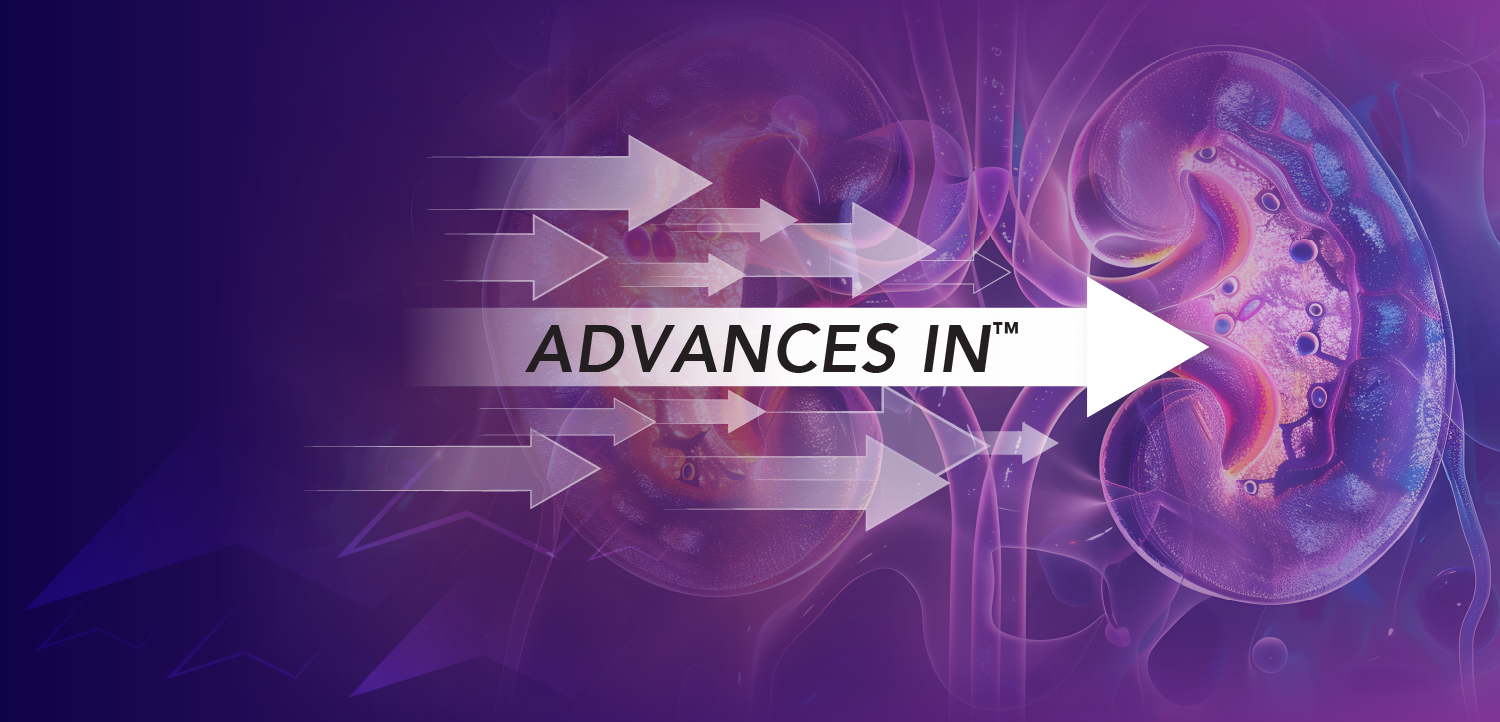
Physicians urged to reclaim listening as a clinical skill
Key Takeaways
- Active listening is a critical clinical tool that impacts patient care, clinician well-being, and organizational culture.
- Six strategies for effective listening include being present, curious, trustworthy, design-aided, empowering, and resilience-fostering.
Researchers say values-driven listening can strengthen patient trust, improve care and reduce burnout across health systems.
When physicians think about their communication skills, their minds likely go to their ability to explain diagnoses, discuss treatment plans and answer patient questions. But a new article published in
“Listening is the gateway to healing,” said Leonard L. Berry, Ph.D., MBA, a professor at
Berry and colleagues from the
The story of the blue shirt
The authors highlight a story from a Norwegian nursing home, where a nurse asked a patient what would make a good day for him. He replied that he wanted to wear a blue shirt — the one his late wife had loved. He recounted memories of her for the nurse, asking for a wheelchair so that he could share his stories with others at the facility.
That was the first time he had asked to interact with others.
“That’s not a medical breakthrough,” Berry said, “it’s a human one.”
The six keys to better listening
The commentary outlines six strategies that physicians can use to make listening more intentional and impactful.
- Listening that is proximate: Being physically present in the room, undistracted and attentive.
- Listening that is curious: Asking open-ended questions that invite patients to share their stories and concerns.
- Listening that earns trust: Creating a safe, judgment-free space where patients feel their voices are valued.
- Listening aided by design: Using the physical environment — from room layout to seating — to foster connection.
- Listening that empowers: Encouraging input from both patients and frontline staff to improve care and workflow.
- Listening that fosters resilience: Supporting clinicians through peer connection and reflection to reduce burnout.
These approaches, the authors argue, reinforce the idea that listening is not passive. Instead, it’s an active practice that requires presence, humility and follow-through.
Beyond patient care
The study also emphasizes that intentional listening strengthens not only physician-patient relationships, but also clinician-clinician and leader-staff communication. At Henry Ford Health, for example, physicians are piloting artificial intelligence (AI)-based note-taking tools to free up time to listen more fully during visits.
Other health systems have experimented with environmental design. Alaska’s Southcentral Foundation created “talking rooms” that feel less clinical and more conducive to personal conversation. Hawaii Pacific Health’s “Getting Rid of Stupid Stuff” program empowered staff to identify wasteful processes, saving nurses 1,700 hours per month.
Ultimately, Berry and his co-authors argue that listening is a form of kindness that health care cannot afford to neglect.
“Kindness is not a luxury in health care, it’s a necessity,” Berry said. “And true listening is one of its most powerful expressions.”
Newsletter
Stay informed and empowered with Medical Economics enewsletter, delivering expert insights, financial strategies, practice management tips and technology trends — tailored for today’s physicians.

















